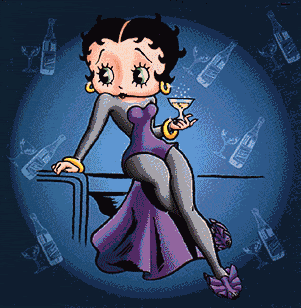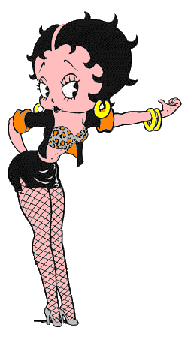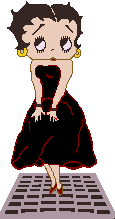 "Speed dating", as two separate words, is often used as a generic term for similar events.
"Speed dating", as two separate words, is often used as a generic term for similar events. Soon afterward, several commercial services began offering secular round-robin dating events across the United States and Canada.
Soon afterward, several commercial services began offering secular round-robin dating events across the United States and Canada.Men and women are rotated to meet each other over a series of short "dates", usually lasting from 3 to 8 minutes depending on the organization running the event. (It ensures you don’t get stuck with someone incompatible any longer than necessary.)
 At the end of each interval, the organizer rings a bell or clinks a glass to signal the participants to move on to the next date.
At the end of each interval, the organizer rings a bell or clinks a glass to signal the participants to move on to the next date. If there is a match, contact information is forwarded to both parties. Contact information cannot be traded during the initial meeting, in order to reduce pressure to accept or reject a suitor to his or her face.
If there is a match, contact information is forwarded to both parties. Contact information cannot be traded during the initial meeting, in order to reduce pressure to accept or reject a suitor to his or her face.These events typically balance the gender ratio, striving for exactly the same number of men and women, while others have a more "party" atmosphere and only aim for an approximately matching number.
Some feel that speed dating has some obvious advantages over most other venues for meeting people, such as bars, discotheques, etc. in that everybody is purportedly there to meet someone, they are grouped into compatible age ranges, it is time-efficient, and the structured interaction eliminates the need to introduce oneself.
 Unlike many bars, A speed dating event will, by necessity, be quiet enough for people to talk comfortably.
Unlike many bars, A speed dating event will, by necessity, be quiet enough for people to talk comfortably.Standing in line marking time, waiting for the welfare dime
'Cause they can't buy a job
The man in the silk suit hurries by as he catches the poor ladies' eyes
Just for fun he says "get a job"
That's just the way it is
Some things will never change
That's just the way it is
Ah, but don't you believe them
They say hey little boy you can't go where the others go
'Cause you don't look like they do
Said hey old man how can you stand to think that way
Did you really think about it before you made the rules
He said, Son
That's just the way it is
Some things will never change
That's just the way it is
Ah, but don't you believe them
But no one paid attention to the time. (The essential key to the whole thing)
Well they passed a law in '64 to give those who ain't got a little more
But it only goes so far
Because the law don't change another's mind when all it sees at the hiring time
Is the line on the color bar
That's just the way it is
Some things will never change
That's just the way it is
Ah, but don't you believe them
And they kept going, and going and going.
 And there was no one in charge that seemed to know it wasn’t working.
And there was no one in charge that seemed to know it wasn’t working.That's just the way it is
Some things will never change
That's just the way it is
Ah, but don't you believe them































